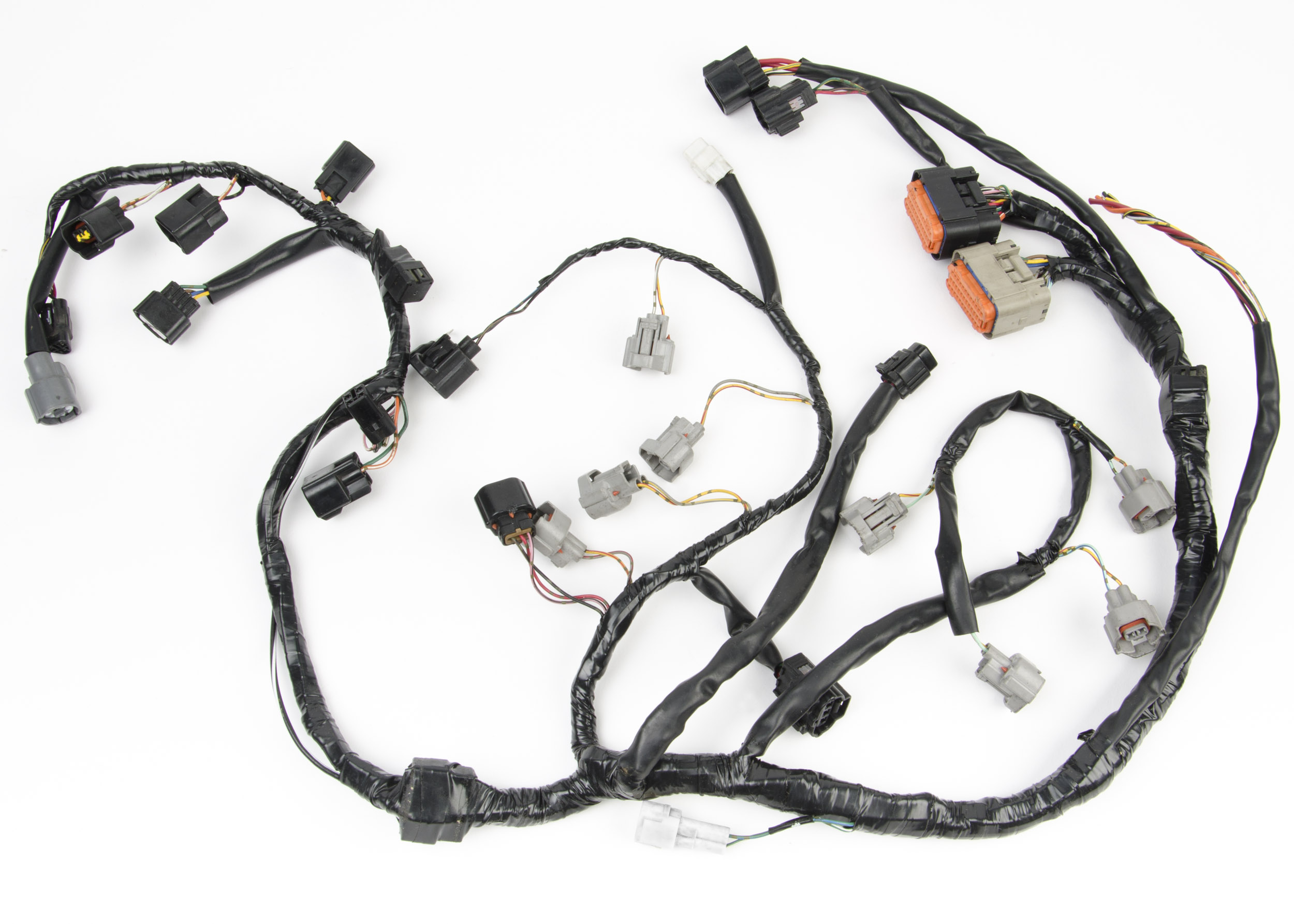Not all cable harnesses are created equal. There are big differences between the brands of wiring harnesses. Since most people do not know these differences, most cable harness manufacturers take shortcuts. If you buy a wiring harness for cars, here are five things to know BEFORE you buy:
1. Are the connections soldered?
There are two ways for cable harness manufacturers to connect wires to the fuse block and switches: crimping and soldering. The crimping method is almost always incomplete because it is difficult to grasp each strand of the wire. In addition, crimped connections overheat much more easily and can literally “move” under the right circumstances. Welded connections, on the other hand, do not have these problems. Welding is essential to the durability of the cable bundle and is the best method of connection.
2. Is the harness compatible with a modern alternator?
Most universal cable harnesses are designed for a 60-75 amp alternator. This is a problem because modern alternators (even those produced for older applications) are typically rated at 100 Amps. A harness designed for an alternator of 60 or 75 amps will overheat and may fail when connected to a 100 amp alternator.

3. Is the harness expandable?
Many bundles of cables are made only to accommodate the number of circuits listed. This means that to add a circuit, you have to replace the fuse block, upgrade the wiring, and maybe even purchase a new wiring harness, because the expansion of the circuit can be too painful. Look for a wiring harness that can handle the extended draw if you decide to add one or two circuits.
4. Is the harness made from real copper wiring?
A lot of cable harness companies will use a copper alloy – a copper “mix” – for their wires, as opposed to 100% original copper wire. Although copper alloy wires are cheaper, they can cause a voltage drop in your vehicle’s electrical system. NOTE: It is equally important that the terminals are also made of copper (or brass) because they are of better quality than offshore terminals made of copper alloys, aluminum or even tin.
5. Is hot start a problem?
“Hot start” refers to a problem that affects vehicle owners in hot climates. Basically, if the wire that powers your starter is barely big enough to carry the current your starter needs and the wire gets hot (more than 120 degrees or more), the starter cannot draw enough power and the vehicle does not turn over. We call this a hot start problem. The solution is simple: use 12-gauge heavy wiring to power the starter. Many cable harness providers do not, using 16-gauge wiring instead.
